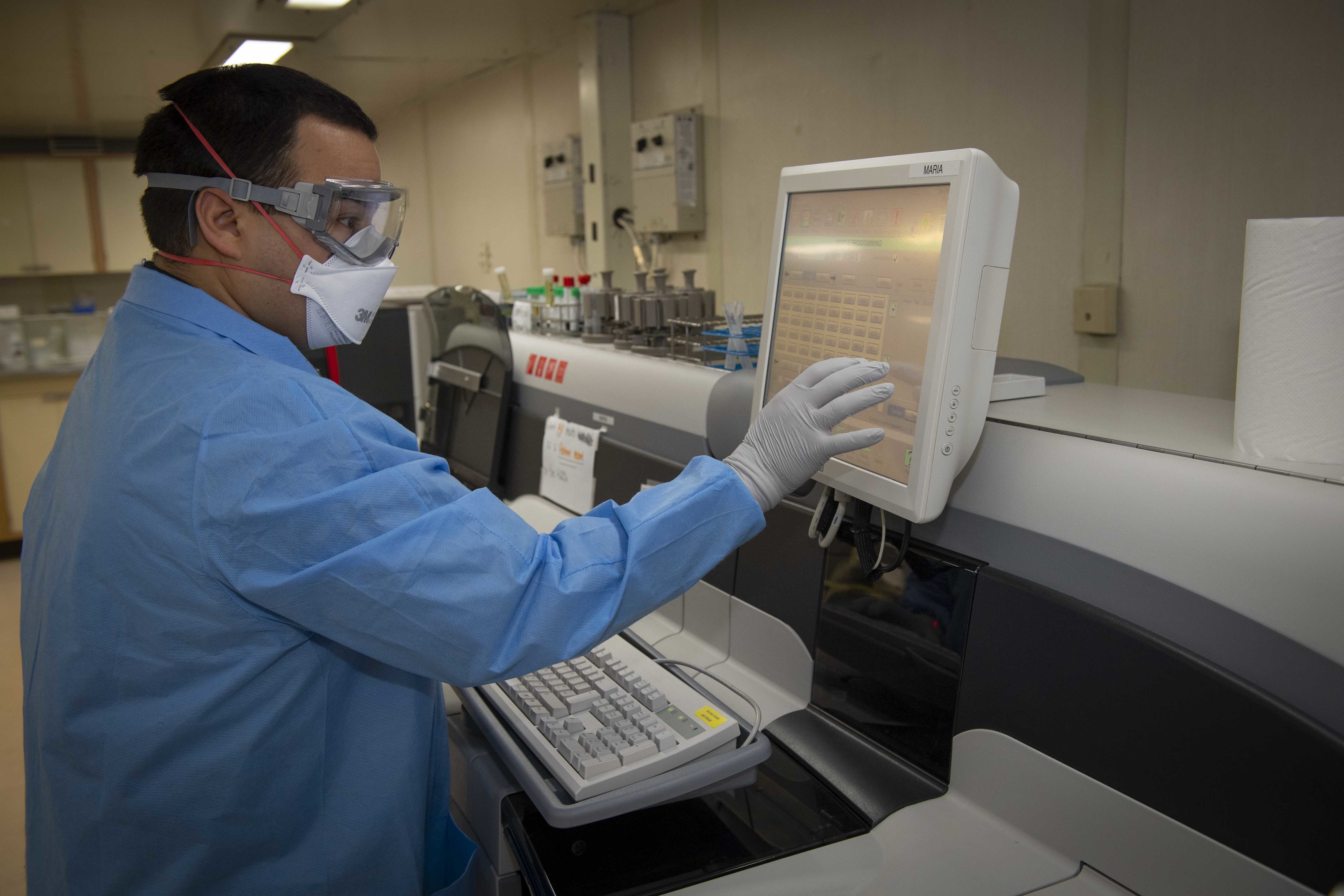| Table 1. ISO/IEC 17025:2017's parts that relate to and drive LIMSpec requirements.
|
| ISO/IEC 17025:2017 part(s)
|
Associated LIMSpec requirement
|
In plain terms ...
|
| ISO/IEC 17025:2017 7.3.3
|
1.9 The system shall be able to define the collection and sampling details for registered samples or specimens, including container size and type, number of containers, collection date and time, temperature, name of the collector, lot number, storage location, preservation method, collection methods used (standard and nonstandard), sampling methods used, safety concerns, and retention period.
|
|
| ISO/IEC 17025:2017 7.4.2
|
1.13 The system shall assign each sample registered in the system a unique identifier using methodologies such as an ID with an incrementing integer or a user-defined naming format.
|
|
| ISO/IEC 17025:2017 7.4.3
|
1.16 The system should provide a means to document any undesirable or unexpected characteristics of a submitted sample.
|
|
| ISO/IEC 17025:2017 7.4.2
|
2.8 The system should allow for the accurate identification of a physical sample or specimen in the system via barcode or RFID technology.
|
|
| ISO/IEC 17025:2017 7.7.2
|
2.11 The system shall allow samples, specimens, and tests to be created and used specifically for capturing data related to unique forms of sampling and testing such as representative sampling, calibration testing, quality control testing, preventative maintenance testing, stability testing, sterility testing, remediated testing, compatibility testing, identity testing, proficiency testing, and service-event-related testing.
|
|
ISO/IEC 17025:2017 6.2.6
ISO/IEC 17025:2017 7.7.1
ISO/IEC 17025:2017 7.8.1.1
|
4.4 The system shall provide one or more levels of review, as well as interpretation and documentation of results—whether entered manually or via an automated process—before release.
|
|
ISO/IEC 17025:2017 7.5.1
ISO/IEC 17025:2017 7.8.1.1
ISO/IEC 17025:2017 7.8.2.1
ISO/IEC 17025:2017 7.8.3.1
|
6.5 The system shall substantiate the status of verified results by using tools like a certificate of analysis, which shall include details like unique identifiers; analysis procedures used; reference intervals; environmental conditions; who provided the results; additional comments, opinions, and interpretations and who provided them; and applicable times and dates.
|
|
| ISO/IEC 17025:2017 7.8.8
|
6.9 The system shall clearly identify a changed, amended, or re-issued report as being such, and clearly identify any change of information and reason for change in such a report.
|
|
ISO/IEC 17025:2017 5.3
ISO/IEC 17025:2017 5.5
ISO/IEC 17025:2017 8.3.2
|
7.1 The system shall be capable of creating, managing, and securely holding a variety of document types, while also allowing for the review and approval of those documents using version and release controls.
|
|
| ISO/IEC 17025:2017 (throughout)
|
7.2 The system shall have the ability to readily provide authorized access to electronic documents such as standard operating procedures, quality manuals, laboratory management plans, instrument manuals, employee medical records, material safety data sheets, information exchange agreements, confidentiality agreements, and other applicable documents to designated personnel and officials.
|
|
ISO/IEC 17025:2017 7.5.2
ISO/IEC 17025:2017 8.3.2
|
7.3 The system shall be able to clearly provide the most current version of a document and archive prior versions.
|
|
ISO/IEC 17025:2017 6.5
ISO/IEC 17025:2017 7.2.1.3
ISO/IEC 17025:2017 7.3.1–2
|
7.5 The system shall allow the creation, approval, rejection, and management of sampling and test methods performed at the laboratory, capturing details about the test method, method reference, specifications, assigned limits, holding times, etc. as required by a reference method or regulation.
|
|
ISO/IEC 17025:2017 6.2.6
ISO/IEC 17025:2017 7.2.2.1
ISO/IEC 17025:2017 7.2.2.4
|
7.6 The system shall provide a means for recording validation information for modified existing or new in-house test methods, either as a method itself or through some other means. Validation information such as procedures used, specifications, performance characteristics, and results obtained shall be allowed as input.
|
|
ISO/IEC 17025:2017 6.2.2
ISO/IEC 17025:2017 6.2.3
ISO/IEC 17025:2017 6.2.5
ISO/IEC 17025:2017 6.2.6
|
7.7 The system shall maintain training and certification records for personnel and allow the assignment of available training paths and certifications to specific personnel, such that only trained, certified, and experienced personnel are able to perform assigned tasks.
|
|
|
|
|
|
|
|
|
|
|
|
|
|
|
|
|
|
|
|
|
|
|
|
|
|
|
|
|
|
|
|
|
|
|
|
|
|
|
|
|
|
|
|
|
|
|
|
|
|
|
|
|
|
|
|
|
|
|
|
|
|
|
|
|
|
|
|
|
|
|
|
|
|
|
|
|
|
|
|
|
|
|
|
|
|
|
|
|
|
|
|
|
|










